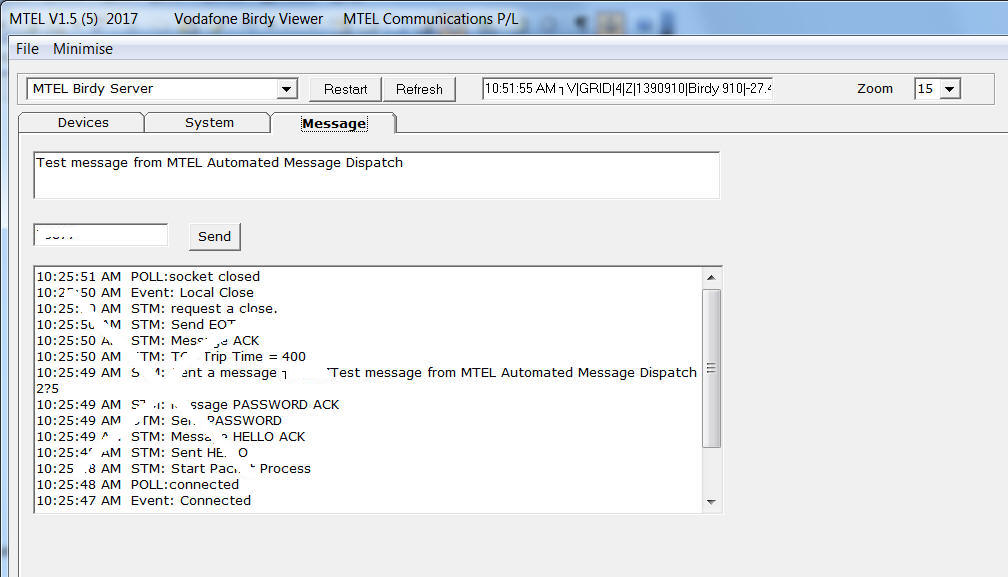

In the 18th century, the self-evident falsehood of 2 + 2 = 5 was attested in the Cyclopædia, or an Universal Dictionary of Arts and Sciences (1728), by Ephraim Chambers: "Thus, a Proposition would be absurd, that should affirm, that two and two make five or that should deny 'em to make four." In 1779, Samuel Johnson likewise said that "You may have a reason why two and two should make five, but they will still make but four."

#Phiewer 1.5.2 plus#
In the comedy-of-manners play Dom Juan, or The Feast with the Statue (1665), by Molière, the libertine protagonist, Dom Juan, is asked in what values he believes, and answers that he believes "two plus two equals four". In establishing the mundane reality of the self-evident truth of 2 + 2 = 4, in De Neutralibus et Mediis Libellus (1652) Johann Wigand said: "That twice two are four a man may not lawfully make a doubt of it, because that manner of knowledge is grauen into mannes nature." Despite the logician Descartes' understanding of "self-evident truth", the philosopher Descartes considered that the self-evident truth of "two plus two equals four" might not exist beyond the human mind that there might not exist correspondence between abstract ideas and concrete reality. In the 17th century, in the Meditations on First Philosophy, in which the Existence of God and the Immortality of the Soul are Demonstrated (1641), René Descartes said that the standard of truth is self-evidence of clear and distinct ideas. The logician and philosopher René Descartes established self-evidence as the standard of truth in the human perception of reality.

Īs a theme and as a subject in the arts, the anti-intellectual slogan 2 + 2 = 5 pre-dates Orwell and has produced literature, such as Deux et deux font cinq ( Two and Two Make Five), written in 1895 by Alphonse Allais, which is a collection of absurdist short stories and the 1920 imagist art manifesto 2 × 2 = 5 by the poet Vadim Shershenevich, in the 20th century. Ībout the falsity of "two plus two equals five", in Room 101, the interrogator O'Brien tells the thought criminal Smith that control over physical reality is unimportant to the Party, provided the citizens of Oceania subordinate their real-world perceptions to the political will of the Party and that, by way of doublethink: "Sometimes, Winston.

Smith further ponders whether or not belief in such a consensus reality makes the lie true. In writing his secret diary in the year 1984, the protagonist Winston Smith ponders if the Inner Party might declare that "two plus two equals five" is a fact. The mathematically incorrect phrase " two plus two equals five" ( 2 + 2 = 5) is best known in English for its use in the 1949 dystopian novel Nineteen Eighty-Four by George Orwell, as a possible statement of Ingsoc ( English Socialism) philosophy, like the dogma "War is Peace", which the Party expects the citizens of Oceania to believe is true. Two Plus Two Make Five (1895), by Alphonse Allais, is a collection of absurdist short stories about anti-intellectualism as politics.


 0 kommentar(er)
0 kommentar(er)
